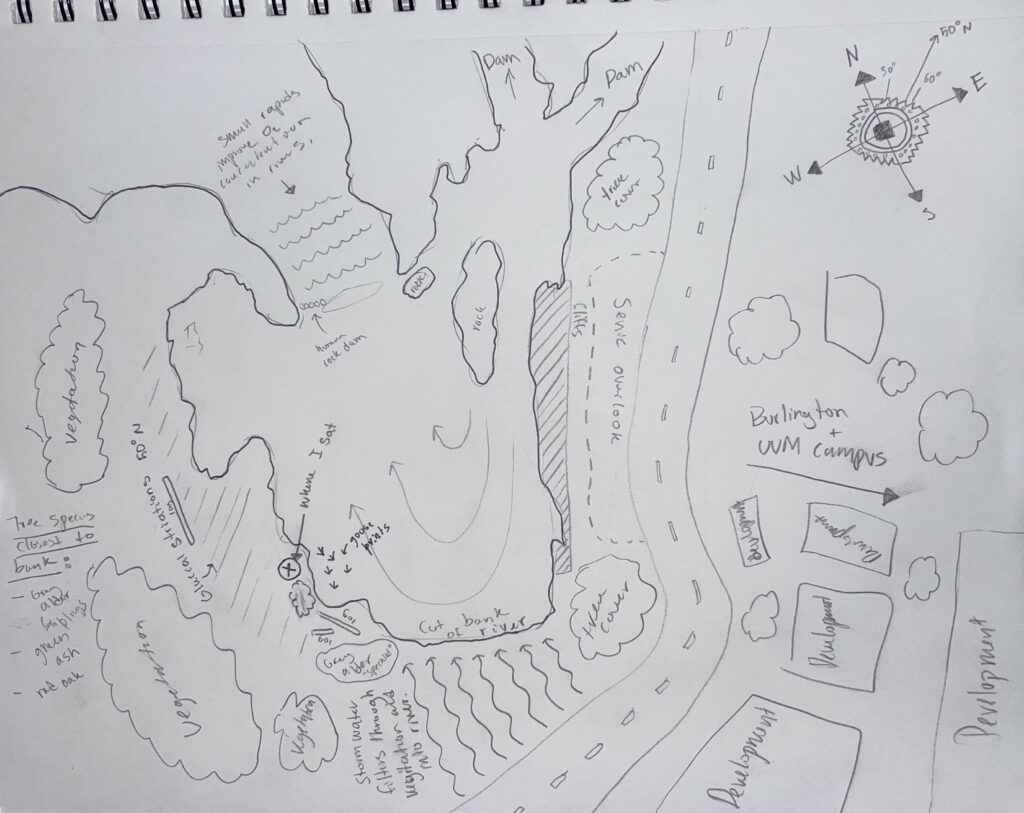Today when I visited my phenology spot I sat and observed, I wrote a whole bunch of questions. The more I observed about my site, the more things I realized I didn’t have answers for. As I sat I closed my eyes and listened to the river bubble past, opening them I looked upriver and noticed a startlingly hard to miss dam that blocks the river. how I did not notice this the first time, I don’t know. When was the dam built? Was it part of the Structural Defense Paradigm following the floods of 1927? How does it affect the flow and discharge volume of the Winooski at its outlet? Does the dam force the river to deposit sediment, if so does that help control phosphorus and nutrient levels in either the lake or the following river downstream? I noticed some plants in the water and wondered if invasive species could ‘work their way up’ the river through the outlet of the Winooski. Can the invasive species that are taking over lake Champlain survive in river conditions, or are they a specific issue in lakes exclusively?
Some of the phenological changes that I observed and probably the most obvious ones had to do with the foliage (or lack thereof). In the time between my visits, temperatures have dropped, the amount of sunlight that our landscape is decreasing and the fruits and nuts from trees have been plucked off by animals preparing for the winter. As sunlight diminishes leaves stop to photosynthesize, chlorophyll dissipates and the other colors of the leaves are revealed. These unproductive leaves drop off and it is safe to say that we are solidly in stick season at this point. Some of the remaining leaves that I was able to identify still clung to the occasional American beach and even a few speckled (or gray) Alder saplings with most leaves still green and intact. Another sign of phenological change were the Canada Goose prints that I saw imprinted within the mud in the shallower parts of the river. These prints are a sign of the annual migration of Canada Geese that happens every spring and fall. In the Fall Canada Geese pass through Vermont in the months of September and October on their way to their warmer non-breeding sites. With a large area of calm water and plenty of bushes with berries my phenological site is the perfect landing spot for these Geese as they migrate.
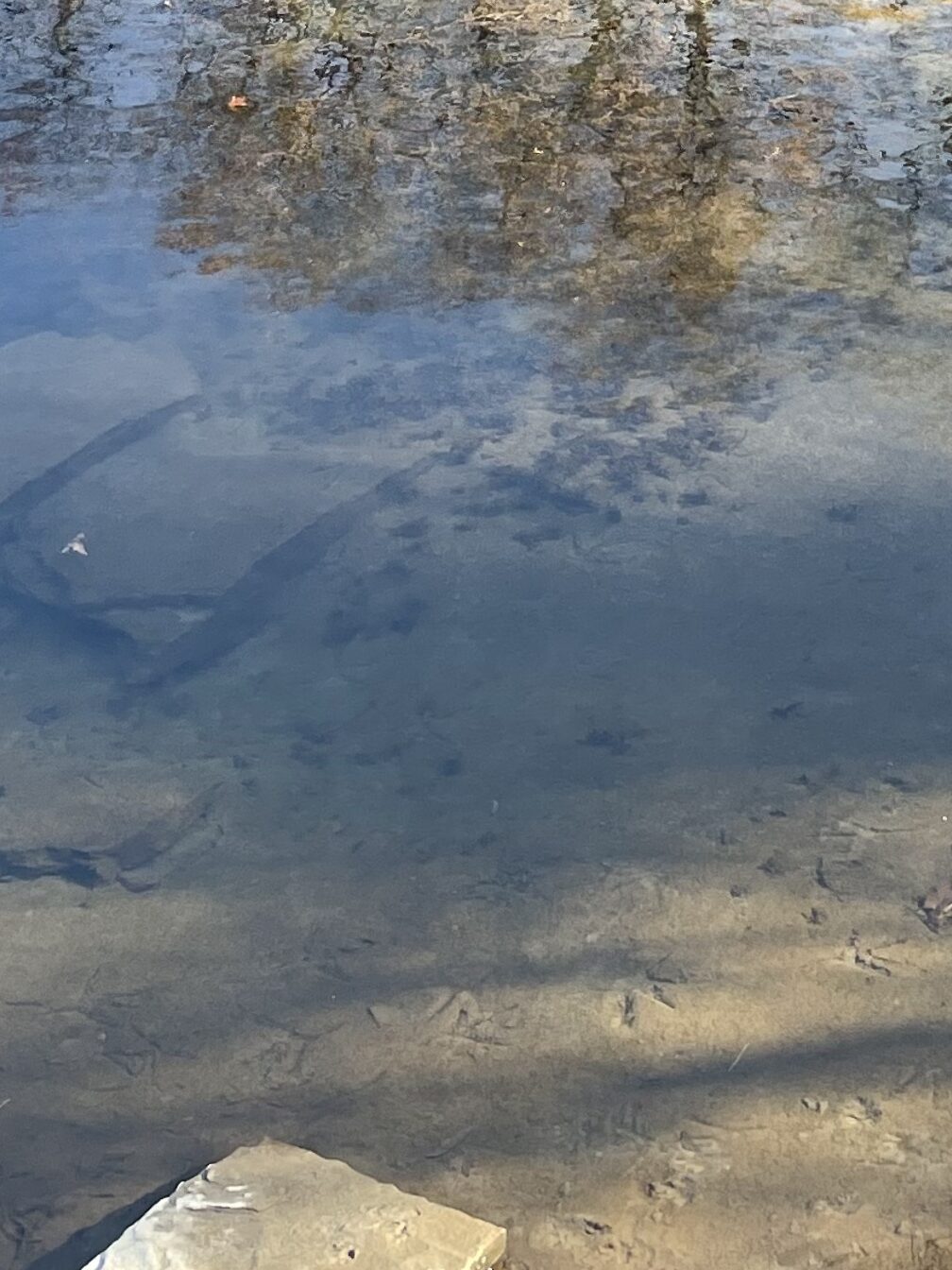
Some ‘then‘ and ‘nows‘ for y’all
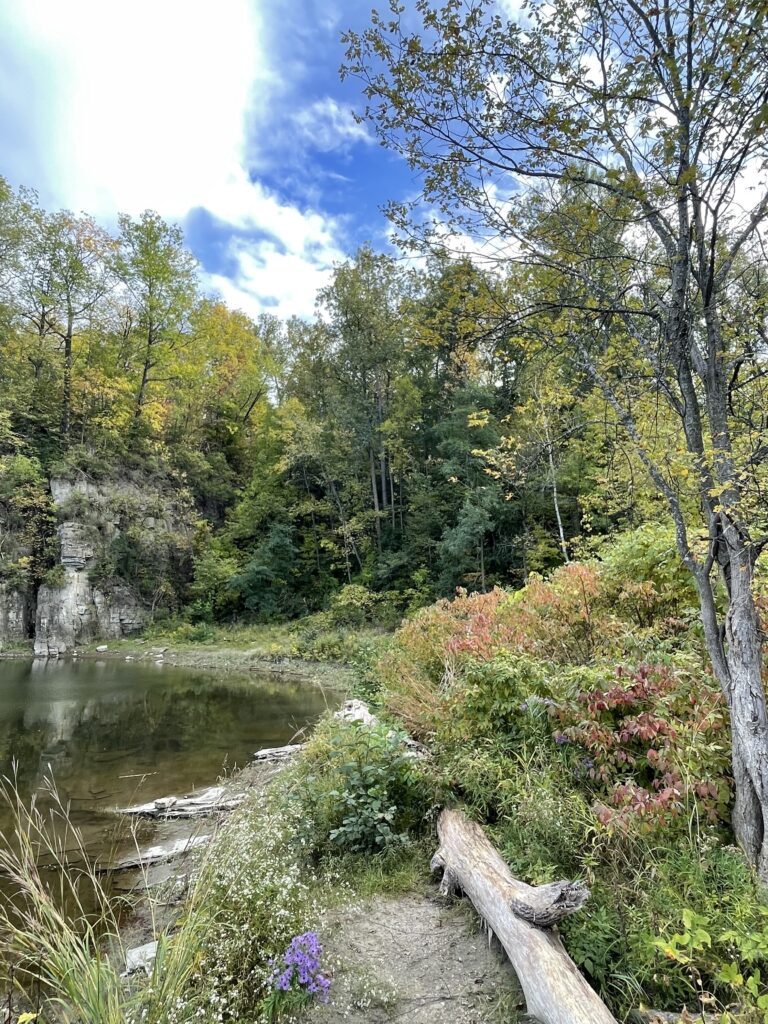
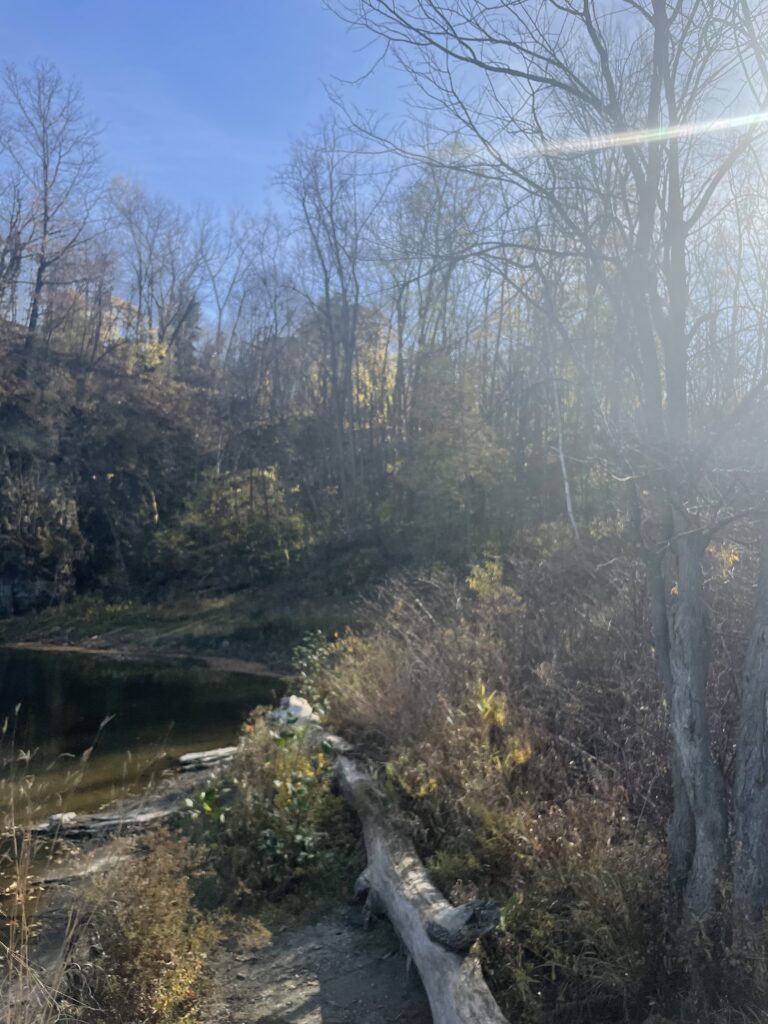
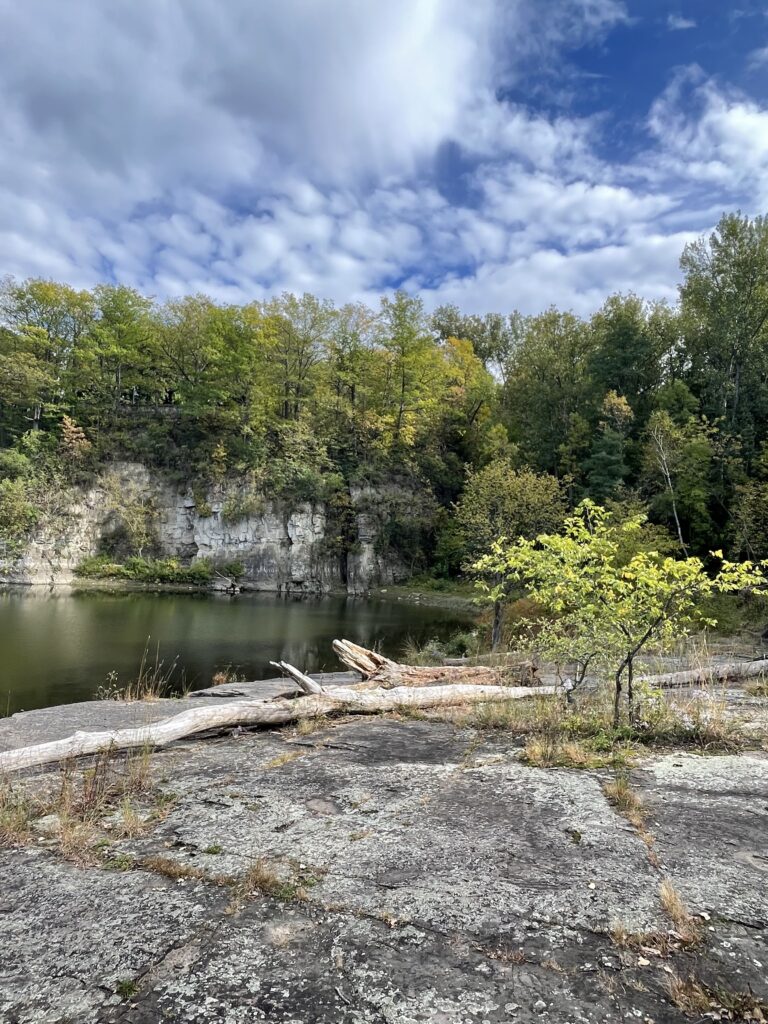


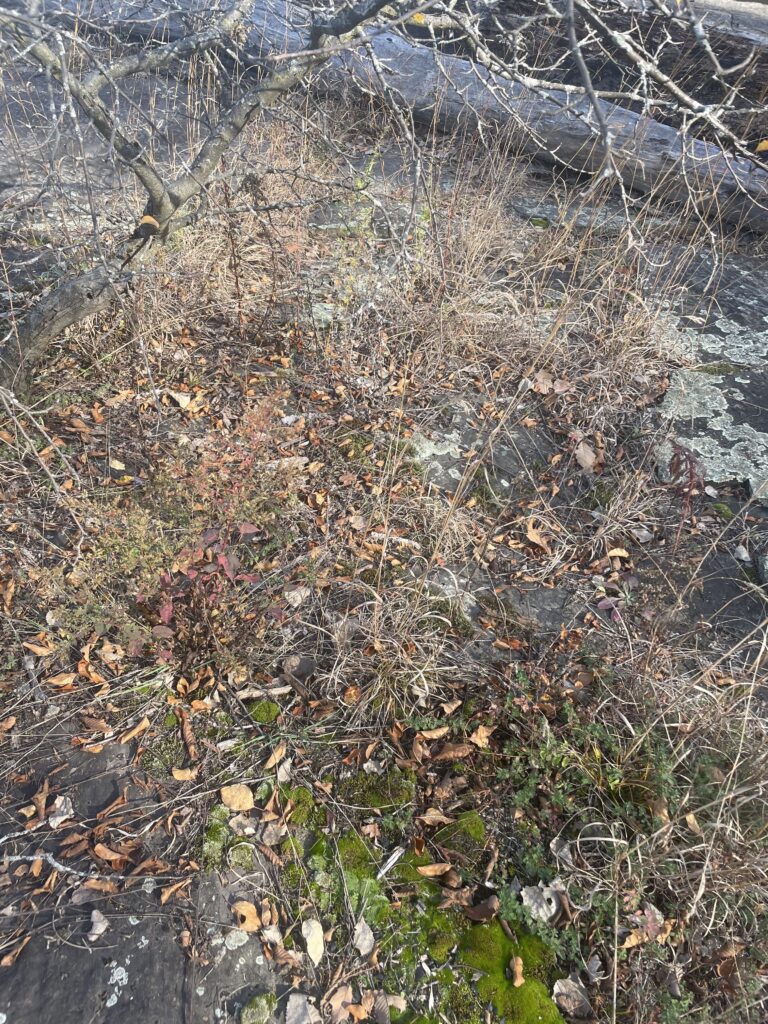
My (epic) Map!
